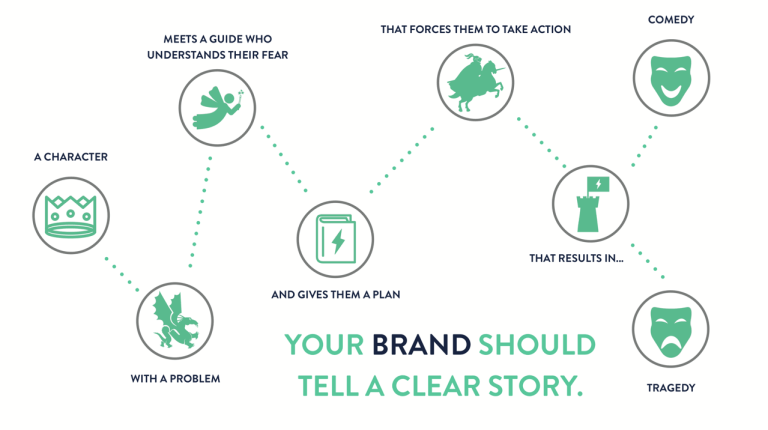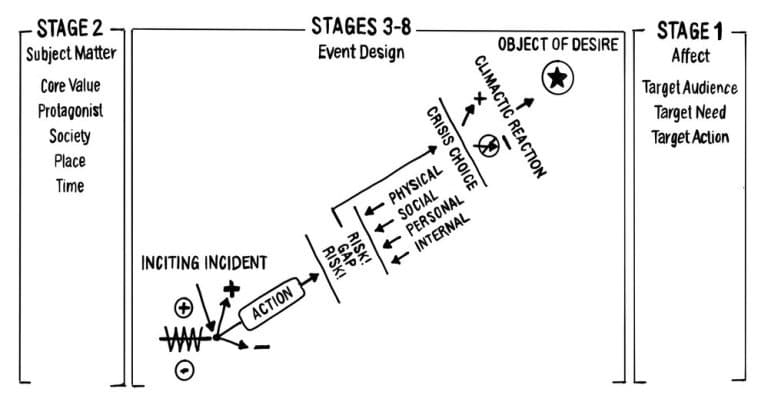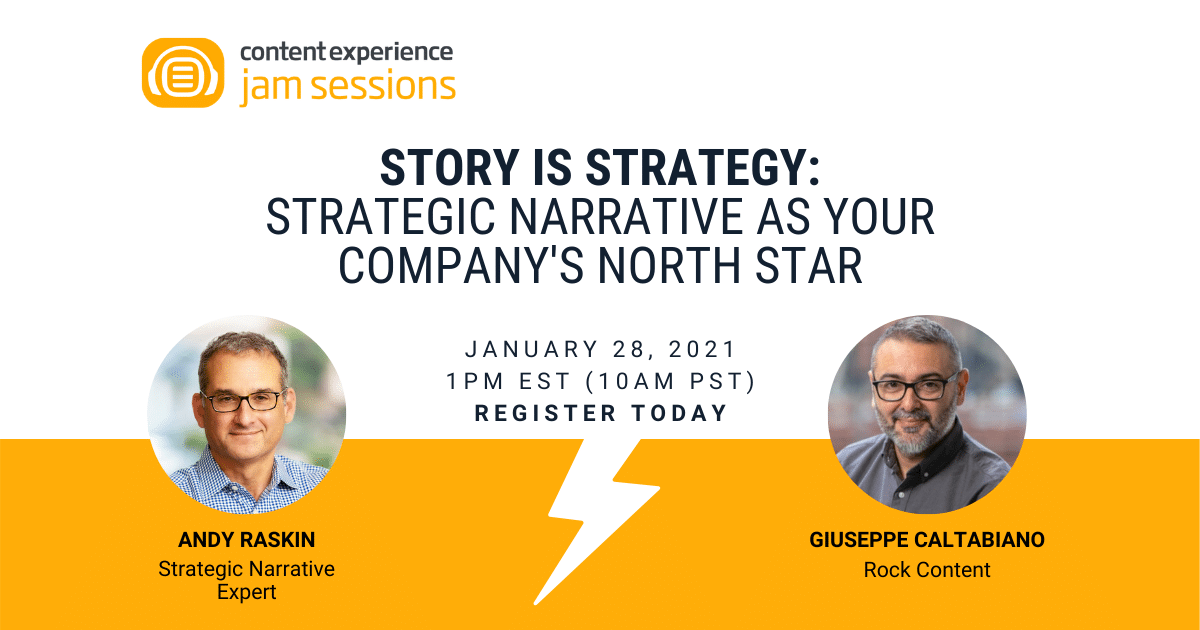First episode is here.
Second episode is here.
Ben Horowitz is a startup founder and VC expert. He has invested in the next generation of leading technology companies, including Airbnb, Facebook, Pinterest, and Twitter.
A few years ago, interviewed about leading startups, he was asked about companies insisting that products are the only thing that matters.
“You can have a great product, but a compelling story puts the company into motion. If you don’t have a great story, it’s hard to get people motivated to join you, work on the product, and get people to invest in the product. Companies that don’t have a clearly articulated story don’t have a clear and well-thought-out strategy. The company story is the company strategy”.
The idea behind a strategic (or business) narrative is insanely simple: why not applying principles of storytelling, the same principles that have been repeatedly used for crafting stories behind books, films, and video games, to business and strategy?
Now that we have seen how the classic storytelling model works for movies and literature, let’s apply it to business!
Three storytelling business models
A few authors and storytellers have used customized approaches. Let’s look at three models, respectively the ones of Donald Miller, Robert McKee, and Andy Raskin.
Donald Miller, Building a StoryBrand
Donald Miller, who founded a company called StoryBrand, has streamlined storytelling into a process called the StoryBrand 7-Part Framework (also known as SB7).
Using the SB7 framework, companies will be able to create a brand story and then draw on its ideas to write copy and content.
Here is a brief summary of the seven principles or steps in the StoryBrand framework:

- A character: Your customer is the hero.
- Has a problem: As a successful company, you should attend to your customers’ inner problems.
- And meets a guide (your brand): The customers search for a guide to help them with their frustrations.
- Who has a plan: Customers will trust a guide who has a plan.
- And calls them to action: Customers are confronted with a choice to take action.
- That helps them avoid failure: Each party involved tries to avoid a tragic ending as best they can.
- And ends in success: Your customers understand how the product or service your business is offering can successfully improve their lives.
Robert McKee, Storynomics
The second model analyzed is the one presented in Storynomics, by Robert McKee.
McKee, legendary Hollywood screenwriting coach, lecturer, and script doctor, has expanded his teaching focus to include content he and Tom Gerace, CEO of Skyword, have created specifically for marketing, advertising, and sales leaders.
He and Gerace teach a seminar and have written a book called Storynomics: Story-Driven Marketing in the Post-Advertising World. He lays the 8 stages of story design out in his book.

The book’s essence is the application of McKee’s model of Hollywood film plot development to marketing.
The model, explained initially in McKee’s 1997 book Story and repeated in Storynomics, is that the plot begins when an inciting incident throws the protagonist’s life out of balance.
To restore balance, the protagonist undertakes a quest for an object of desire.
The movie depicts the quest, in the face of numerous obstacles, usually of increasing difficulty, to grasp the object of desire. The plot culminates when the quest is fulfilled or fails.
Andy Raskin, The Strategic Narrative Model
Andy Raskin helps CEOs align their teams around a strategic narrative.
His clients include venture-backed companies and some large enterprises.
I first came across Andy when he posted an article in 2016 called ‘The Greatest Sales Deck I’ve Ever Seen. It’s Zuora’s and it’s brilliant. Here’s why.’ That post has today several million views.
I had the chance to personally interview Andy a few months ago, and he was keen enough to share his story and methodology.
Andy calls the strategic narrative “the story in buyers’ heads”.
His methodology is a super-simplified (which is not a negative statement) version of McKee’s Story model — Andy clearly mentions McKee’s books as his main inspiration after failing with a VC pitch several years ago.

Dissecting and analyzing several successful sales pitches, mostly coming from startups, Andy identified a common pattern. Specifically, he noted how brilliantly the decks led prospects through five elements, in precisely this order:
1. Name a Big, Relevant Change in the World
Don’t kick off a sales presentation by talking about your product, your headquarters locations, investors, clients, or anything about yourself.
Instead, name the undeniable shift in the world that creates both:
- big stakes;
- huge urgency for your prospect.
2. Show There’ll Be Winners and Losers
Demonstrate how the change you cited above will create big winners and big losers.
Adapting to the change you cited will likely result in a highly positive future for the prospect.
3. Tease the Promised Land
It’s tempting at this point to jump into the details of your product or service.
Resist that urge. If you introduce product/service details too soon, prospects won’t yet have enough context for why those details are important, and they’ll tune out.
Instead, first, present a “teaser” vision of the happily-ever-after that your product/service will help the prospect achieve — what Andy calls the Promised Land.
The Promised Land should be both desirable (obviously) and difficult for the prospect to achieve without outside help.
4. Introduce Features as “Magic Gifts”
You will introduce features as “magic gifts”, for overcoming obstacles to the Promised Land.
When introducing products or services, we should do so by positioning capabilities as “magic gifts” for helping your main character (prospect) reach that much-desired Promised Land.
5. Present Evidence that You Can Make the Story Come True
The last piece of the pitch is the best evidence you can offer that you can make the story you’re telling come true.
By far, the most effective type of evidence is a success story about how you’ve already helped someone else (who is similar to the prospect) reach the Promised Land.
In the last piece, we will present a simple model to build a strategic narrative for your brand, using a combination of the three methodologies seen today.
End of Episode 3.
Next episode: Combining All Models








